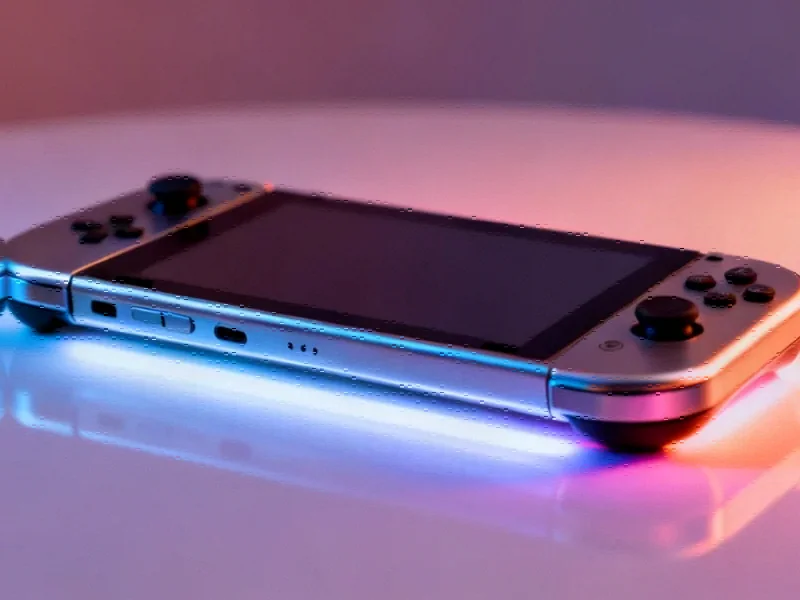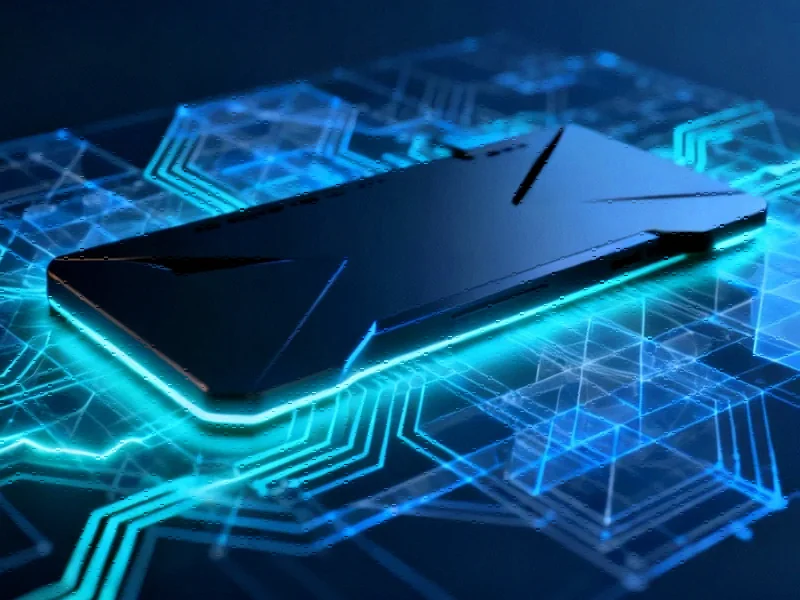Xbox Leadership Confident in Premium Pricing Strategy
Xbox President Sarah Bond has expressed strong confidence in the $1,000 price point for the newly released ROG Ally X handheld gaming device, stating she feels “really good” about the value proposition despite the premium positioning. In a comprehensive interview, Bond emphasized that manufacturer Asus determined the final pricing based on extensive market research and feature analysis, with the $600 base model and $1,000 premium variant designed to create multiple options for different consumer segments.
The pricing strategy appears to be validated by early market response, with Bond noting that pre-launch sales exceeded expectations. “We sold out on the Xbox Store and moved inventory rapidly across global retail channels,” she revealed. “The overwhelming demand reinforces our belief that we’re delivering appropriate value for the price point.”
Hardware Excellence vs. Software Challenges
Early reviews of the ROG Ally devices have highlighted a significant disparity between hardware capabilities and software implementation. While critics universally praise the technological achievements and performance specifications, many note that the software experience doesn’t fully leverage the hardware potential. This hardware-software gap represents a critical challenge that Microsoft and Asus must address to justify the premium positioning in a competitive market.
The mixed reception underscores the complex balancing act between technological innovation and user experience that defines today’s computing landscape. As Windows-based devices continue to evolve, the integration between operating systems and specialized hardware becomes increasingly crucial for market success.
Strategic Implications for Mobile Gaming
Bond’s comments reveal Microsoft’s broader strategic vision for gaming accessibility. “You should be able to play any game you want with anyone you want on any device,” she stated, positioning the ROG Ally as part of Microsoft’s ecosystem approach rather than a standalone product. This philosophy aligns with Microsoft’s increased focus on hardware development across multiple product categories.
The premium pricing strategy reflects a deliberate positioning in the handheld gaming market, distinguishing the ROG Ally from more affordable alternatives while competing directly with other high-end devices. This approach demonstrates how premium computing devices are carving out specialized niches in an increasingly segmented market.
Industry Context and Competitive Landscape
The handheld gaming PC market has experienced significant transformation in recent years, with multiple manufacturers introducing devices at various price points. Microsoft’s partnership with Asus represents a strategic move to leverage Asus’ hardware expertise while maintaining the Xbox ecosystem’s software and services integration.
This collaboration occurs alongside broader industry developments in specialized computing devices, where security and performance increasingly dictate product positioning. The emphasis on premium components and specialized functionality reflects evolving consumer expectations for mobile computing experiences.
Market Reception and Future Outlook
Initial sales performance suggests there is substantial demand for high-end handheld gaming devices, despite economic pressures affecting consumer electronics spending. The successful pre-launch sales indicate that a segment of gamers values portability combined with performance enough to justify four-figure price tags.
Looking forward, the success of the ROG Ally may influence how other manufacturers approach the premium handheld market. As recent technology leadership changes demonstrate, the computing industry continues to evolve rapidly, with product positioning and pricing strategies requiring constant refinement.
The device’s market performance also intersects with broader market trends in industrial and consumer computing, where specialized hardware increasingly commands premium pricing. This parallels developments in enterprise computing, where related innovations in AI and automation are transforming operational models across sectors.
Consumer Value Proposition Analysis
Microsoft’s confidence in the ROG Ally’s value proposition rests on several key factors:
- Performance specifications that rival traditional gaming laptops
- Seamless integration with the Xbox ecosystem and Game Pass
- Portability combined with desktop-level gaming capabilities
- Multiple configuration options addressing different budget segments
Whether this value proposition resonates with consumers beyond early adopters will determine the device’s long-term market position and influence future product development in the handheld gaming segment.
This article aggregates information from publicly available sources. All trademarks and copyrights belong to their respective owners.
Note: Featured image is for illustrative purposes only and does not represent any specific product, service, or entity mentioned in this article.



